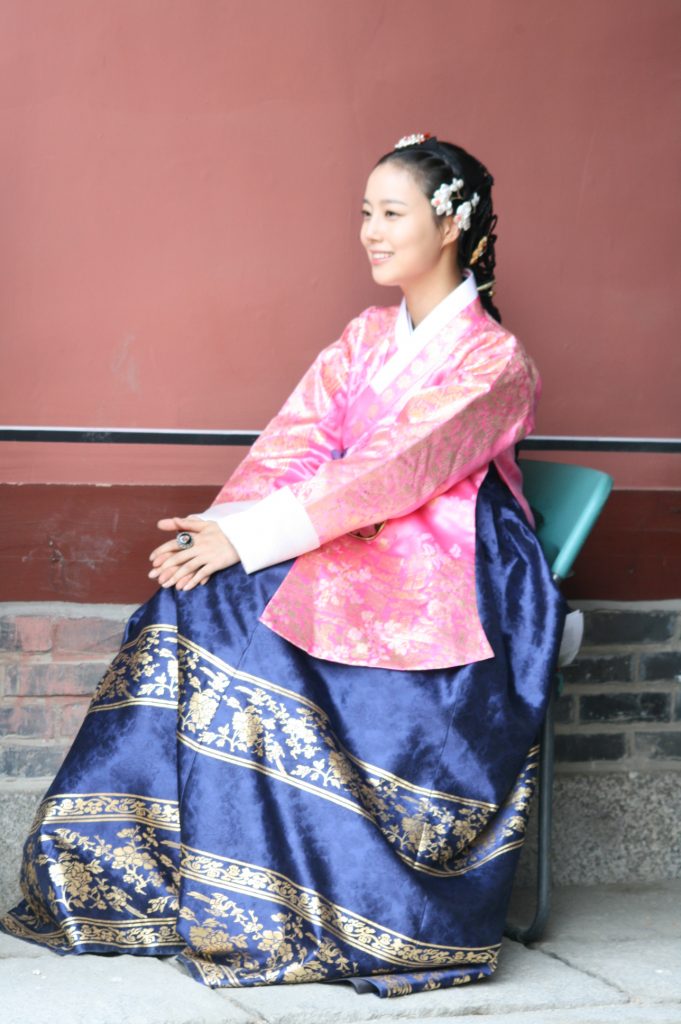Posted inQuestion about South Korea
What do Korean princesses wear?
This article explores the traditional attire and fashion choices of Korean princesses, including their hanbok, accessories, colors, embroidery, hairstyles, and footwear. It also discusses the cultural significance of Korean fashion and its impact on global fashion. While modern Korean fashion has evolved over time, wearing traditional Korean attire is a way of preserving and celebrating the country's rich culture.






